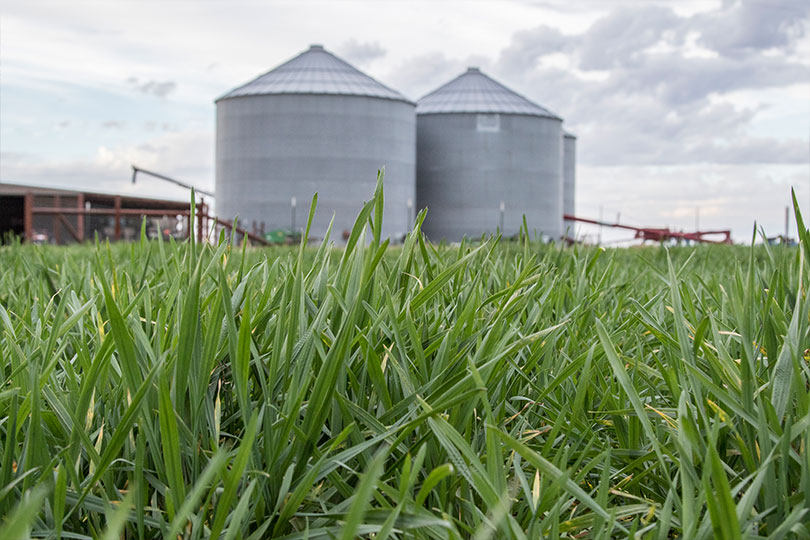By Shelby Shank
Field Editor
Farmers and ranchers are expected to face a high-cost input environment again in 2024, according to Mark Welch, professor and Texas A&M AgriLife Extension economist. The trend unfolded in 2023 and is likely to carry into this year, bringing substantial financial investments and risks for the livestock and crop industries.
Although some input costs, such as fertilizer, are on a downward trend, Welch noted the savings likely won’t offset the impact of lower commodity output prices seen over the past couple of years.
The global grain complex has experienced significant production improvements, resulting in larger grain crops worldwide. However, challenges on the demand side, particularly for feed and fuel, presenting obstacles to sustained growth.
A shrinking cattle herd in Texas and the U.S. poses questions about feed use for the U.S. corn crop. Lower gasoline demand projections for 2024 also indicate potential limitation for ethanol production, impacting two major categories for corn.
“Gasoline demand is not coming back to pre-COVID levels. In fact, projections are for lower gasoline demand in ’24 than we’re seeing in ’23,” Welch said. “What does that mean for ethanol? So again, that’s limiting some of the growth and those are our two biggest categories for corn: feed and fuel. And there doesn’t look like there’ll be growth there.”
Competition with Brazil is intensifying, and the country is expected to become the world’s largest corn exporter in the next market year, adding further pressure.
“They’ve done that one other time and that was in 2012, with the big drought, limiting our grain supplies to meet that export market. So, that competition is growing,” Welch said. “Again, there’s some challenges on the use categories, growing to keep up with what the potential is, weather permitting on the supply side, and that’s a recipe for lower prices, whether we’re talking about corn or wheat.”
Russia plays a crucial role in the global wheat market as the world’s largest wheat exporter. The U.S. could potentially improve its supply with a favorable El Niño winter as global supplies remain a concern.
Despite concerns about disruptions due to geopolitical events, Russia continues to supply the cheapest wheat globally, offsetting the effects on Ukraine’s agricultural sector. However, this contributes to a tightening global wheat supply.
The wheat market’s dependence on Russian exports creates vulnerability, and Welch noted the global wheat supply hasn’t seen substantial rebuilding.
“The U.S. could turn that around this year with an El Niño winter, a better wheat crop in the Southern Plains, particularly Kansas, Oklahoma and Texas, where the prospects look better this year. But globally, we haven’t rebuilt those supplies,” he said.
Welch advises farmers and ranchers to explore ways to save on input costs this year.
He suggests booking fertilizer when the prices lower, optimize input efficiency through soil tests, only purchase what is needed for the crop and consider ways to add value to products. Farmers and ranchers are encouraged to engage in conversations with customers, exploring possibilities for value added opportunities in terms of quality, quantity and timing.
Welch suggests a series of “ifs” for successful production in 2024.
“If a wetter spring occurs, as it is predicted, and growing conditions for winter and spring-planted crops improve, farmers improve input efficiency, if farmers and ranchers seize marketing opportunities to mitigate price risk, there is potential for profitability and sustainability in 2024 and beyond,” he said.


tough year ahead